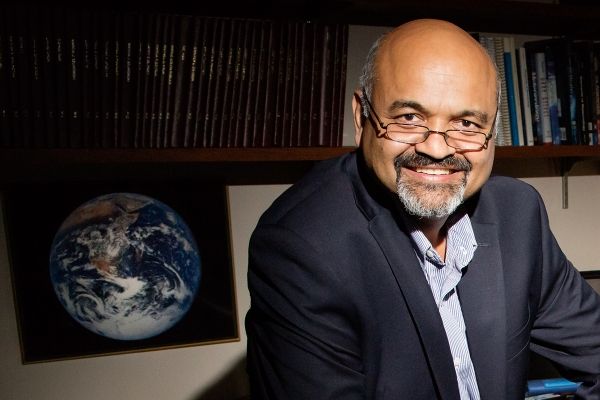Bangladesh is on track to lose all of its forestland in the next 35-40 years, leading to a rise in CO2 emissions and subsequent climate change, researchers said. However, that is just one of the significant land-use changes that the country is experiencing. A new study uses satellite and census data to quantify and unravel how physical and economic factors drive land-use changes. Understanding this relationship can inform climate policy at the national scale in Bangladesh and beyond.
The study, led by University of Illinois at Urbana-Champaign atmospheric sciences professor Atul Jain and postdoctoral researcher Xiaoming Xu, is published in the journal Regional Environmental Change.
“Land usage changes when biophysical factors like temperature and soil quality change, but also when the economic needs of people change,” Xu said. The study identifies two key areas where land use and cover have shifted because of biophysical and socioeconomic activities in Bangladesh – and suggests policies to mitigate their influence on climate change.
Read more at University Of Illinois At Urbana-Champaign
Photo: Atul Jain. CREDITS: L. Brian Stauffer


